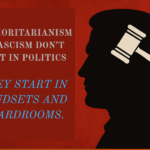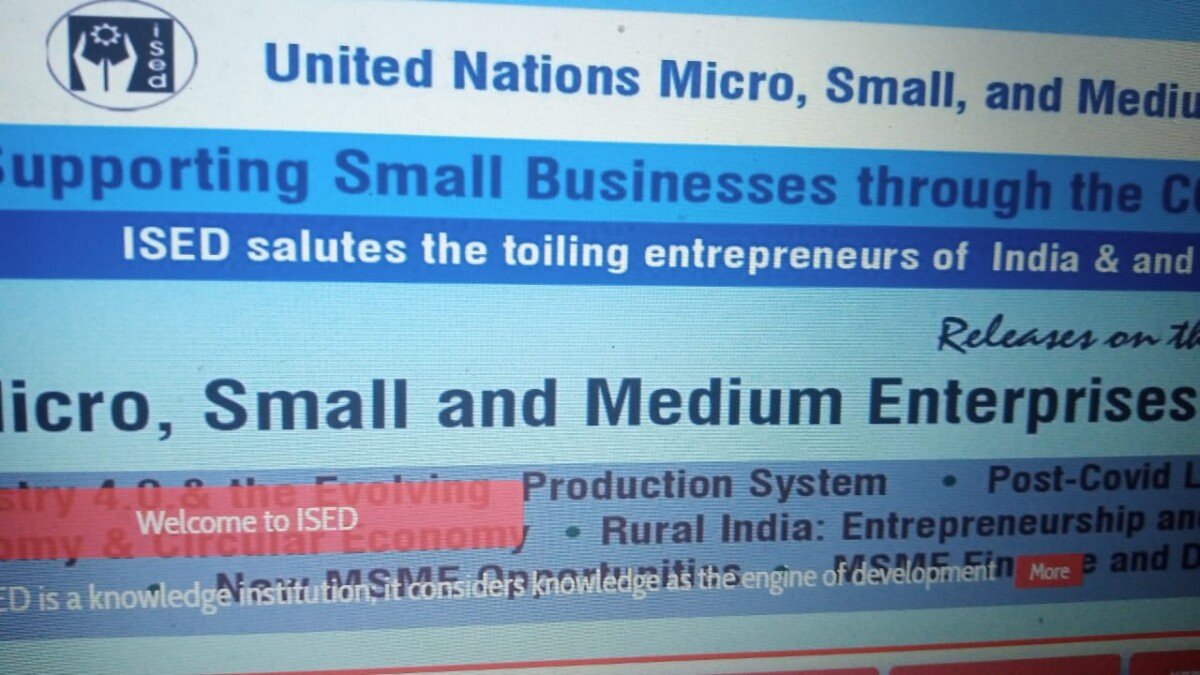The BRICS Joint Statistical Publication (JSP) serves as a vital reference for understanding the socio-economic landscape of the BRICS nations, offering a comprehensive overview of key indicators across Brazil, Russia, India, China, South Africa, and other newly inducted members. This public document captures the dynamic changes and comparative statistics of these countries, presenting crucial data on economic activity, GDP trends, price indices, and living standards. The 2024 edition, compiled under Russia’s chairmanship, marks the 14th annual release and is structured into 15 chapters that detail past developments and current conditions. With an emphasis on accessibility, the JSP also includes appendices that provide insights into the statistical systems of member countries and the status of Sustainable Development Goals (SDGs) monitoring.
- Originally composed of Brazil, Russia, India, and China, BRICS was expanded to include South Africa in 2010. In 2023, at the XV BRICS Summit, invitations were extended to Argentina, Egypt, Ethiopia, Iran, Saudi Arabia, and the UAE, with membership starting in January 2024.
Key Macroeconomic Indicators
- Population (2023): China and India dominate, with populations of approximately 1.41 billion and 1.39 billion, respectively, while the UAE is the smallest, with 10.7 million.
- GDP (2023, Current Prices): China leads with $17.89 trillion, followed by India at $3.57 trillion and Russia at $2.03 trillion. The UAE’s GDP is noted at $514 billion.
- Per Capita GDP: The UAE has the highest per capita GDP at $48,141, while Ethiopia has the lowest at $1,549.
- Inflation Rates: Vary widely, with Ethiopia (32.5%) and Egypt (33.9%) experiencing high inflation, while China has low inflation (0.2%).
Social and Economic Development
- Life Expectancy: UAE has the highest life expectancy at 83.1 years, while Ethiopia is at the lower end with 66.5 years.
- Unemployment Rates (2023): South Africa faces the highest unemployment at 32.1%, while the UAE has a low rate of 2.2%.
- Public Expenditure: South Africa allocates a significant portion of GDP to education (6.8%) and health (4.5%), compared to Egypt’s lower spending in these areas.
Industrial and Agricultural Data
- Industrial Production: India shows strong growth (105.9%), while South Africa lags behind (93.2%).
- Agricultural Output: China leads in cereals (641 million tons) and meat production (97.5 million tons). Brazil is prominent in meat production with 27.6 million tons.
Energy and Environmental Statistics
- Energy Production: China and Russia are major producers of coal and natural gas, while the UAE’s energy sector is also significant in oil production.
- Electricity Production: China far exceeds other countries, producing 9,456 billion kWh.
External Economic Relations
- Trade Balance: China holds the largest trade surplus, with exports at $3.51 trillion and imports at $3.12 trillion. The UAE and Russia also maintain favorable trade balances.
- Foreign Exchange Reserves: China has the largest reserves, amounting to $3.24 trillion, while South Africa’s reserves are considerably lower at $62.5 billion.
Can be accessed at: https://cdn.brics-russia2024.ru/upload/docs/BRICS24_JointStatisticalPublication_FINAL.pdf?17292326088792175
Author Profile

-
Dr. Perumal Koshy writes on economic transitions, small enterprise ecosystems, and development policy, with a focus on inclusive entrepreneurship and systemic change. His work draws from a background in Area Studies and SME research, with writings published in UN Today, Financial Express, Indian Express, and ERENET Journal. He serves as Editor of Global SME News and leads strategic initiatives at The Enterprise Institute and the Enterprise Futures Lab, where he works at the intersection of enterprise, policy, and knowledge systems. Through TDW Publishing, he supports independent voices and enterprise scholarship across the Global South.
Linkedin: https://www.linkedin.com/in/caushie/
Twitter: https://twitter.com/pkoshyin
Latest entries
 Entreprenurs21 August 2025Entrepreneurship, Values, and Corporate Governance: Building Nations, Not Just Profits
Entreprenurs21 August 2025Entrepreneurship, Values, and Corporate Governance: Building Nations, Not Just Profits Africa13 August 2025 A New Landmark Report Calls for Rethinking SME Policies, Digital Readiness, and Sustainable Growth
Africa13 August 2025 A New Landmark Report Calls for Rethinking SME Policies, Digital Readiness, and Sustainable Growth Business7 August 2025Authoritarianism Begins at Work: Why Businesses Must Guard Against the Psychology of Control
Business7 August 2025Authoritarianism Begins at Work: Why Businesses Must Guard Against the Psychology of Control FEATURED31 July 2025What Startups Can Learn from Family Businesses—And Vice Versa
FEATURED31 July 2025What Startups Can Learn from Family Businesses—And Vice Versa













